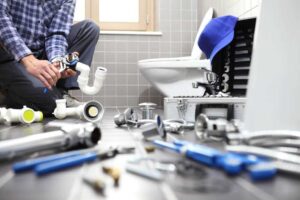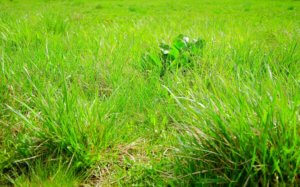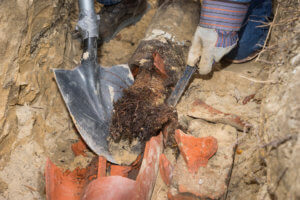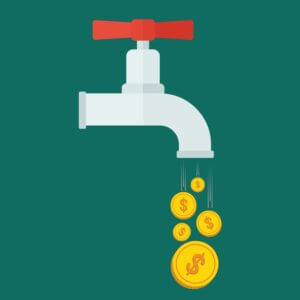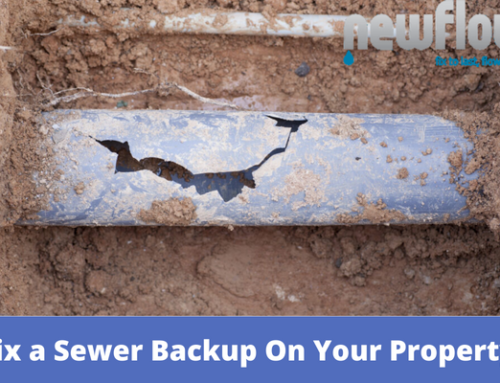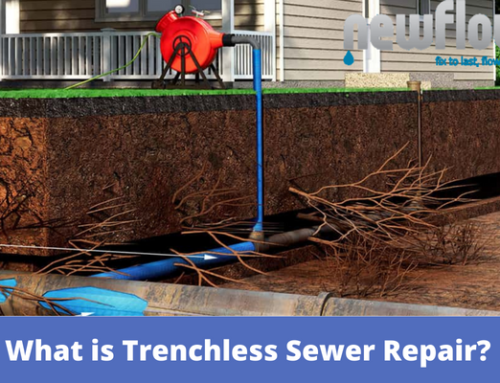Pipe Relining (A Simple Complete Guide)
Have you ever heard of pipe relining? You may be curious about how this modern innovation has made sewer pipe replacement fast, affordable, and efficient. This article will explain everything you need to know about pipe relining.
Signs You Need Pipe Relining
Pipe relining is just one of the trenchless sewer repair methods that most sewer repair specialists use.
How Does Pipe Relining Work?
Pipe relining, also called cured-in-place pipe lining, and epoxy pipe lining is a trenchless sewer repair method that’s fast, cost-effective, and efficient.
Pipe relining creates a brand new pipe directly inside of your old one. No trenching necessary.
This is how it works step by step.
- Your pipe is inspected with a CCTV sewer camera inspection. There is another trenchless technology called pipe bursting. You want to make sure the right solution is chosen based on how your current pipes look.
- The pipe is then cleaned thoroughly with hydro-jetting or another pipe clearing method. The goal of the cleaning is to restore the pipe’s original diameter. Things like sewage, hair, and cooking oil can cake up the pipe, shrinking its size.
- Now begins the pipe relining. A unique, epoxy-impregnated liner is inserted into the old pipe and inflated. This creates a new pipe inside the old one. Pipe lining can be considered replacement or repair depending on whether the whole pipe length will be lined or just a section.
- If only a section of pipe (a spot repair) is lined, it is considered a repair. If you line the whole pipe from start to finish, it is basically like getting a brand new pipe installed (aka replacement).
Note: Sometimes, a drain pipe is so severely damaged that no trenchless method is viable. Plumbers cannot use trenchless technology on pipes that are back-pitched, which means that the original contractors failed to use the proper slope for your sewer line to your city connection. Also, if the pipe has collapsed onto itself, you will have to go the conventional trenching route.
The Benefits of Pipe Relining
Pipe relining is:
- Non-invasive
- Environmentally-friendly
- Cost-effective
- Fast
- Permanent
- Stable
The Cost of Pipe Relining
Trenchless sewer repair can cost anywhere between $4,000-$15,000 for the average single-family home. The final price depends on how many feet of pipe need to be relined. There will always be a base cost starting at permits, contractor mobilization, project minimums, and then prices move on from there.
Conventional sewer repair, on average, costs $50 to $450 per linear foot. The price to install brand new pipes throughout your home or yard could run to $15,000 because of all the extensive work, such as trenching and excavation. Conventional sewer repair quotes will be lower than trenchless, but they don’t include the cost to clean up the mess and repair the property damage.
Pipe Relining Near You
It’s time that New Flow Plumbing comes in to save the day. We’ll get you started with a CCTV sewer camera inspection to determine where your problems come from. Then, we give you a free repair estimate, followed by available repair options. Whatever the issue, New Flow Plumbing will have your plumbing running perfectly again. Call us today.

